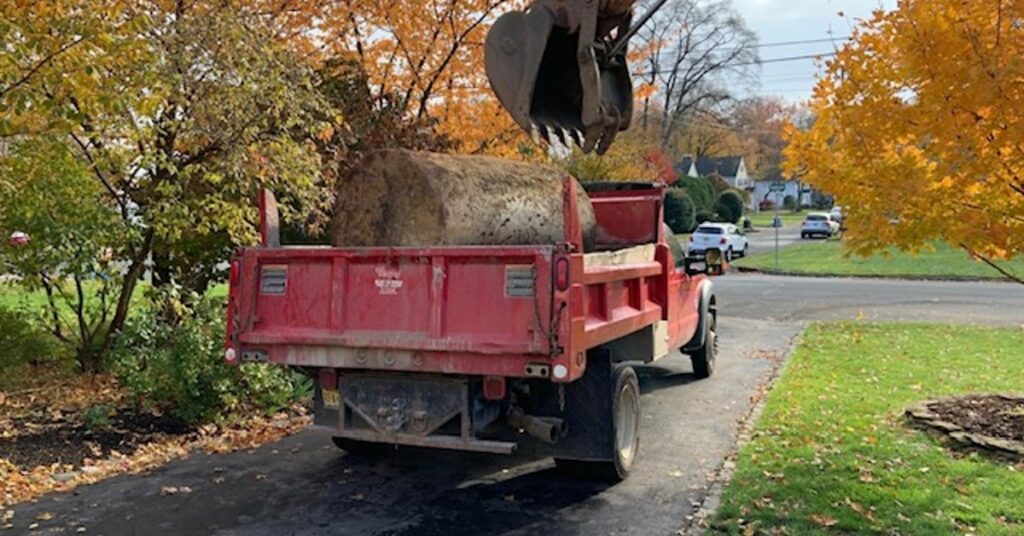Getting Rid of an Oil Tank in Your Home
Are you wondering, “how do I get rid of an oil tank in my home?”
Only 10% of households in the United States rely on oil heating to warm their homes in the winter months. With the ongoing rise in oil prices, the added space they take up in homes, and new technology, oil heat is slowly becoming a thing of the past.
If you’re one of the few who still have oil heat in your home and you find yourself ready for an upgrade, you might ask yourself, “how do I get rid of an oil tank in my home?”. In this guide, we’ll tell you all you need to know.
What is an Oil Tank?
In homes with oil heating, oil tanks store large amounts of oil. The general suggested size of these tanks for most residential homes is 275 gallons.
Determine Which Type of Oil Tank You Have
So, you’ve decided to remove your oil tank and upgrade to a new heating system. Next, you’ll need to know your tank type before calling a professional. The types of oil tanks found in homes are:
- Above Ground
- Indoor Tanks
- Underground Tanks
Above-ground oil tank removal is often the easiest because the tanks are outside your home in easy-access locations. Indoor tanks require access into the home and can be challenging to move due to their size. Underground tanks are also tricky to remove because they require digging.
How Are Oil Tanks Removed?
Oil tank removal is a multi-step process to ensure safety. First, a contractor must perform heating oil removal from the tank. They extract the oil using a special pump.
Next, the sludge that settles in the bottom of the tank must be cleaned out. To do this, professionals cut open the tank and scrape the residue from the walls into buckets for later recycling.
Once the tank is clean, it’s cut away from the connecting pipes and removed from the foundation. The tank is cut into smaller sections if it is indoors and too large to move out.
Preparing for Removal
Before the professionals remove your oil tank, ensure you have the surrounding area clear of any obstacles. If you have an underground tank, sometimes you may need to contact your city to notify them and have an assessment carried out before removal.
Oil Tank Removal Cost
The average oil tank removal cost can be up to $3,500, depending on the location of your oil tank. Underground tanks cost the most because they require excavating to remove them, while other locales are less costly.
Can I Remove an Oil Tank Myself?
Oil tank removal should always be performed by a professional. It is a specialized job that demands the utmost care and safety measures. Professionals use special equipment to minimize contamination, dispose of the oil and sludge, and haul it away.
How Do I Get Rid of an Oil Tank in My Home?
If you have an old oil tank in your home that is no longer serving you, it may be time to have it removed. But how do I get rid of an oil tank in my home? Call a professional.
We remove these storage tanks at Stewart Environmental and provide contaminated soil remediation services. Contact us today to learn more. Our oil tank removal services cover the states of New Jersey, New York and Connecticut.






